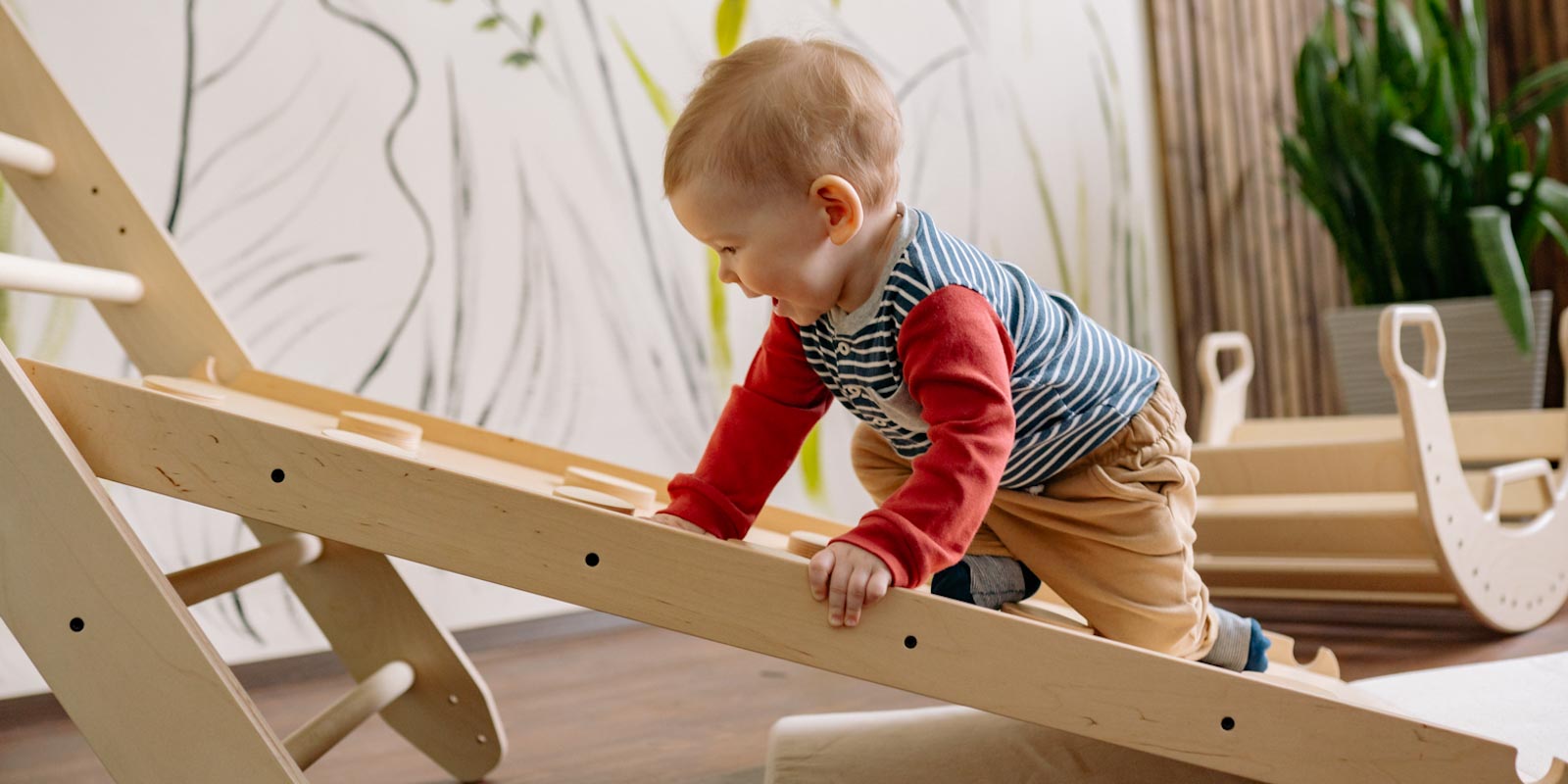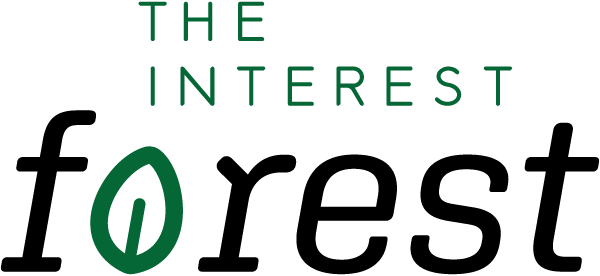
Some children seem to have a lot of energy. They need to move their bodies to stay calm, happy and focused.
Children can also be interested in physical activity from a sports perspective, they may follow sporting teams or enjoy active games with rules.
Early childhood motor skills
Motor skills can be categorised as:
- gross motor (large-muscle or whole-body movements)
- or fine motor (small muscles in the hands and feet).
NQS and EYLF learning outcomes
All children need exercise to stay healthy and early childhood education programs need to support this with time, space and resources.
The National Quality Standard (NQS) requires childcare services to promote physical activity that is appropriate for each child (2.1.3).
The Early Years Learning Framework asks children to take increasing responsibility for their own physical learning, wellbeing (3.2), physical health and personal safety (3.3).
Physical learning experiences
Navigate an obstacle course
Set up an obstacle course that requires a wide range of movements or the specific movements you would like children to practice. Children can weave through objects to practice direction changing, balance on a beam, climb over objects and crawl under objects.
Move to music, stories and art
Music and movement are strongly connected in the early years. Dancing to music is an excellent way to develop spatial and body awareness, while also having fun. Educators can teach children actions to songs, dance moves, or simply encourage free dancing. Also, use props like silk scarves and balloons.
Educators can also incorporate actions into storytelling and dramatic play. Ask your children to act out the movements of characters in a book.
Provide visual arts experiences that require whole body movements. Paint with the whole arm on large sheets of paper, using circular, vertical, and horizontal arm motions. Paint with feet and even elbows!
Play games
Many games require physical activity and target specific movement patterns:
- Leapfrog and hopscotch for jumping and hopping.
- Jump rope for skipping.
- Teach running by playing What's the time Mr Wolf?
- Piggy in the middle promotes ball skills and jumping.
- Playing cards, flash cards, dominoes and boardgames uses hand muscles.
Use your hands
- Build with blocks and construction toys.
- Turn the pages of books.
- Make things, draw, write, paint and do collages.
- Cut and fold paper.
- Roll, squeeze, press and pull playdough or clay.
- Use a variety of cooking and eating utensils, in real-life and in play.
- Dig and scoop in the sandpit and garden.
Play with loose parts
- Place rings on a stick, pegs in a pegboard, and objects in and out of boxes.
- Fiddle with doorknobs, fasteners, locks and latches.
- Thread shoelaces and beads.
- Do up buttons.
Learning environments
Educators can set up environments that teach children physical movements through their play and natural exploration. Identify the movements you would like to support and add the required equipment to your environment (e.g. set up large objects that promote safe climbing).
Remember to set up spaces for gross motor activity indoors and fine motor activity outdoors.
Interactions
Role model energetic physical activity to children. They will learn so much from you, even if you are tired after a long day at work! Join in their play or initiate a game where you perform actions and ask children to copy you.
Sport for Life, an organisation that promotes physical literacy, writes:
“Educators should be encouraged to engage directly in physical activities, either through active participation or role modelling, to create an environment that promotes movement. For those unable to participate fully due to personal limitations, utilising verbal encouragement and planning environmental stimulation remain powerful tools to motivate children to be active.”
Events
- 6th April is International Day of Sport for Development and Peace
- 21st June is International Day of Yoga
Resources
Music
Sesame Street: A new way to walk
